Jan , it surprises me you said the Czech machine was not used at Aprilia. The Yamaha engineer who did the 2000 YZR250 winning bike ( named Suzan in ringlish ) said it was so good he could tell exactly what
power a cylinder would make without needing the dyno.
And Bud Askland when developing the KR3 cylinders said the Czech machine showed him how good the factory 250 cylinders were , but also he learned exactly what to change from viewing the in cylinder
scavenging patterns.
Ive only seen a couple of pictures of the thing , but not any results it produced.
Ive got a thing thats unique and new.To prove it I'll have the last laugh on you.Cause instead of one head I got two.And you know two heads are better than one.





 Reply With Quote
Reply With Quote



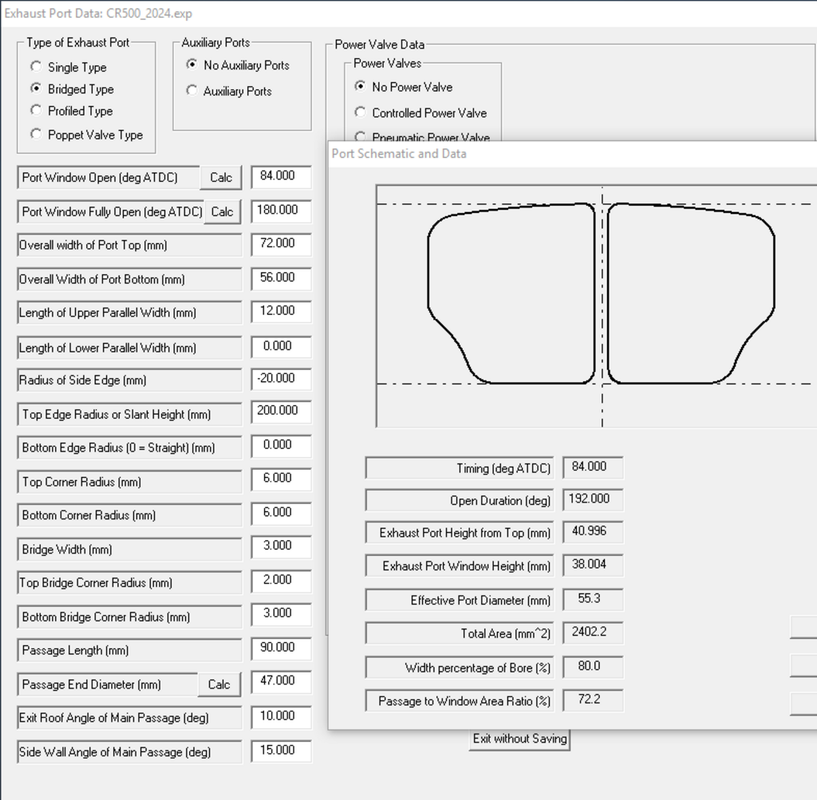
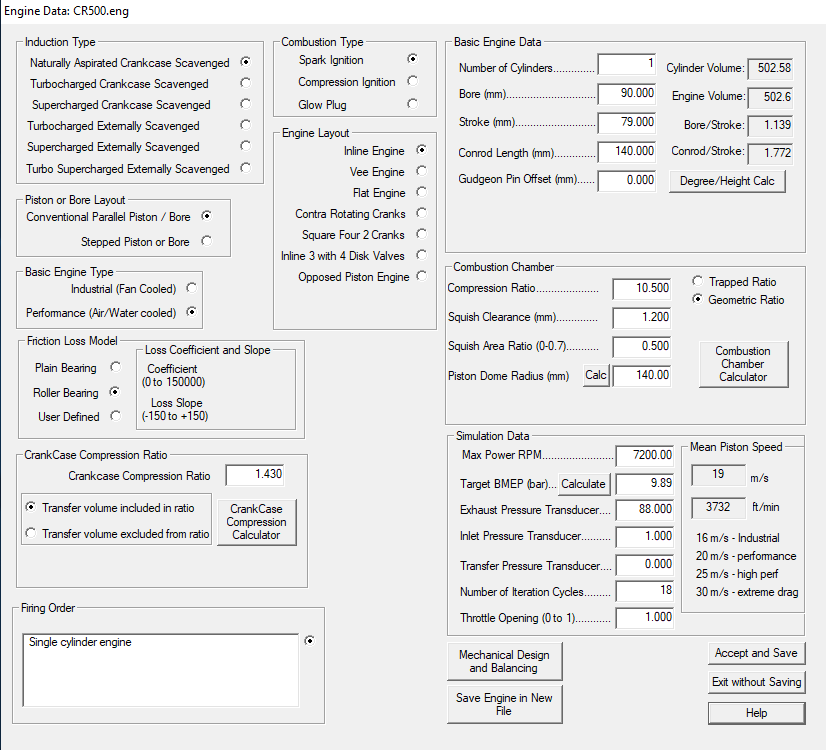
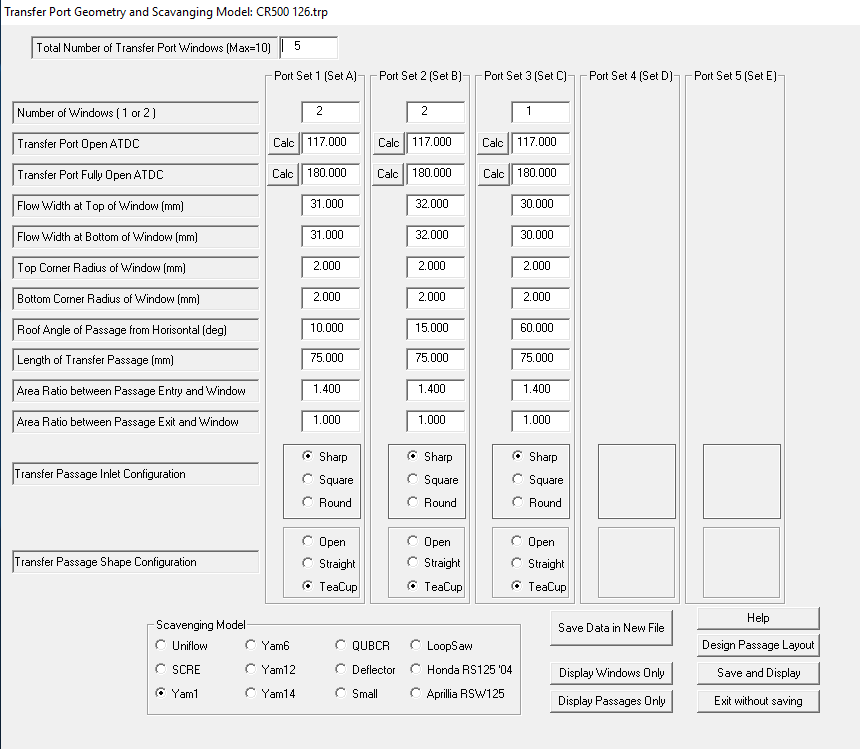
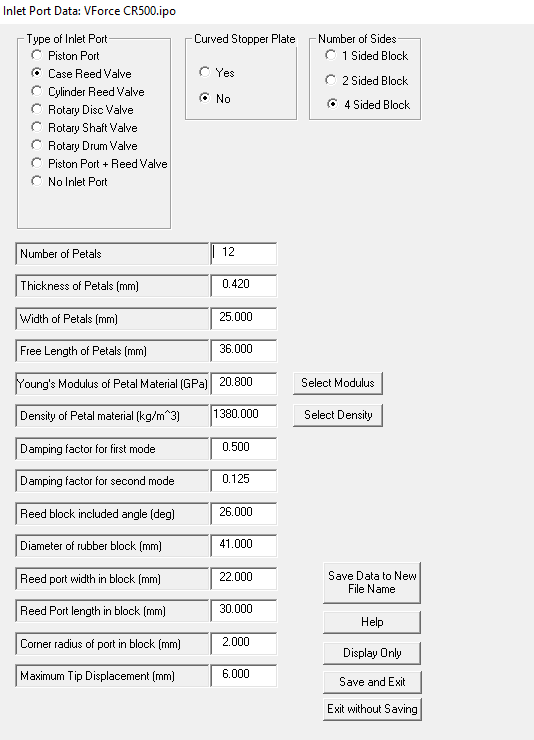
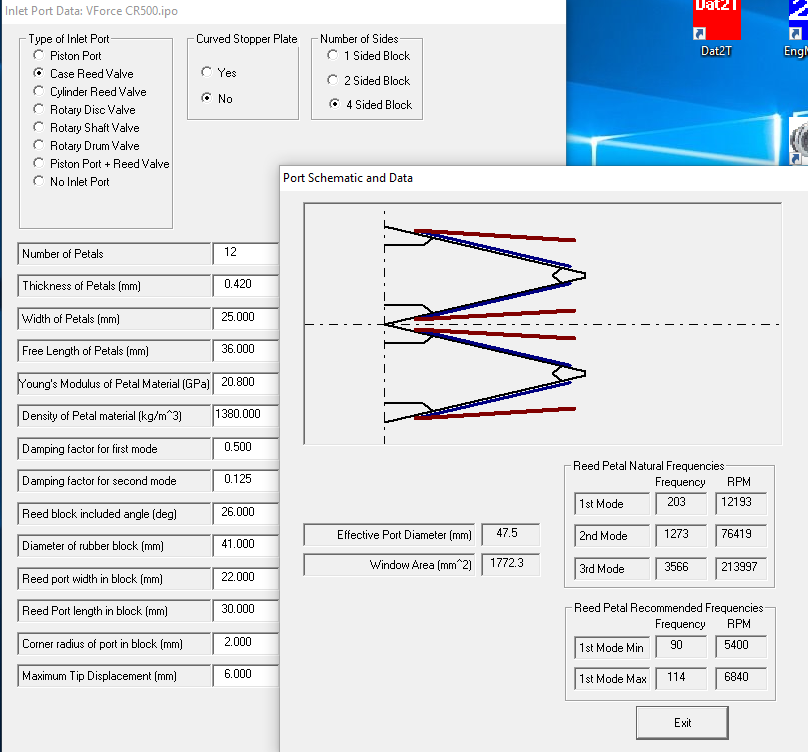
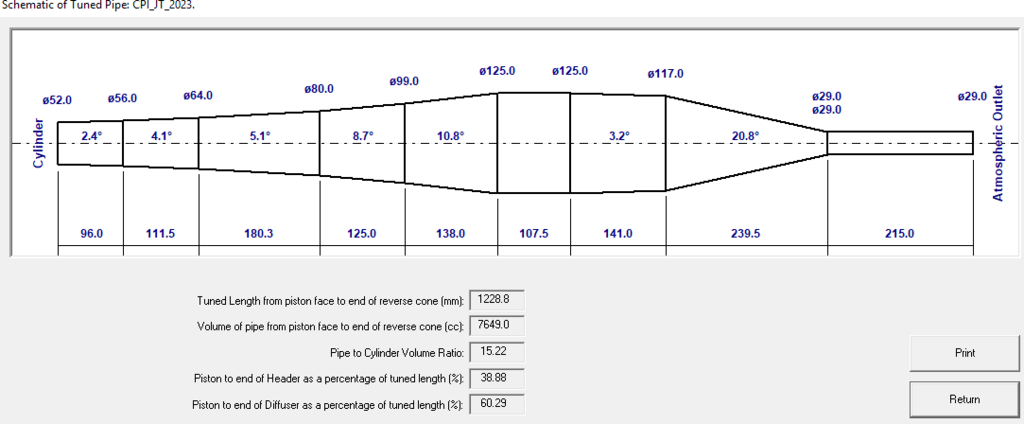
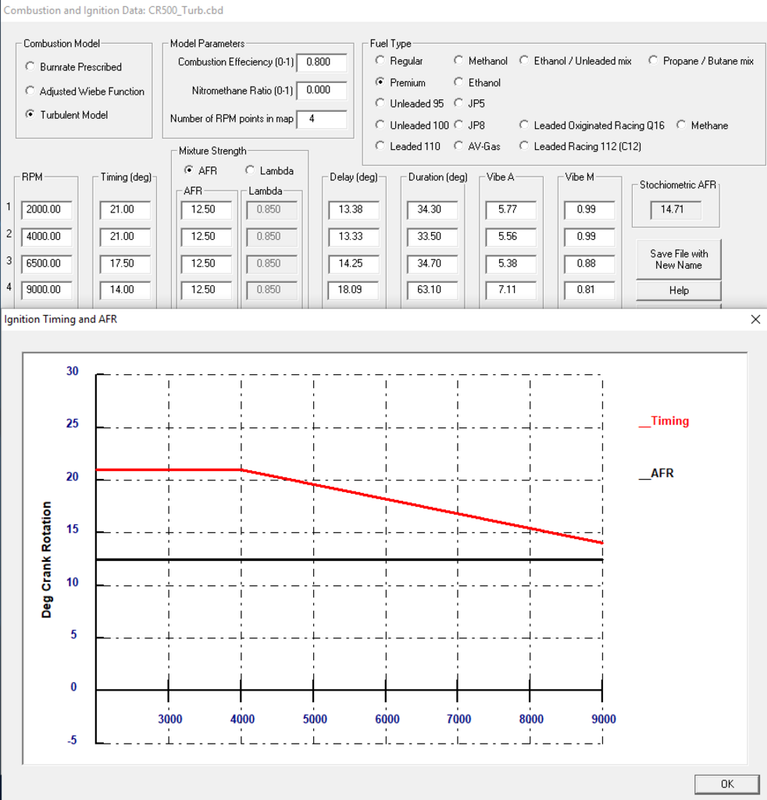
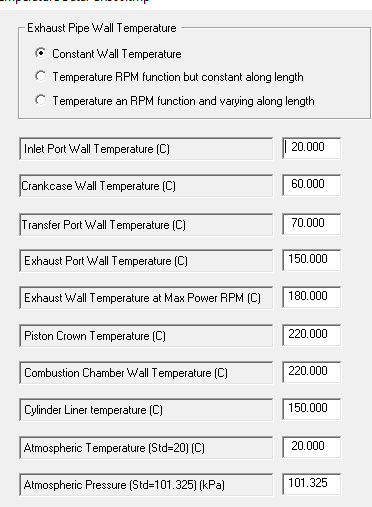
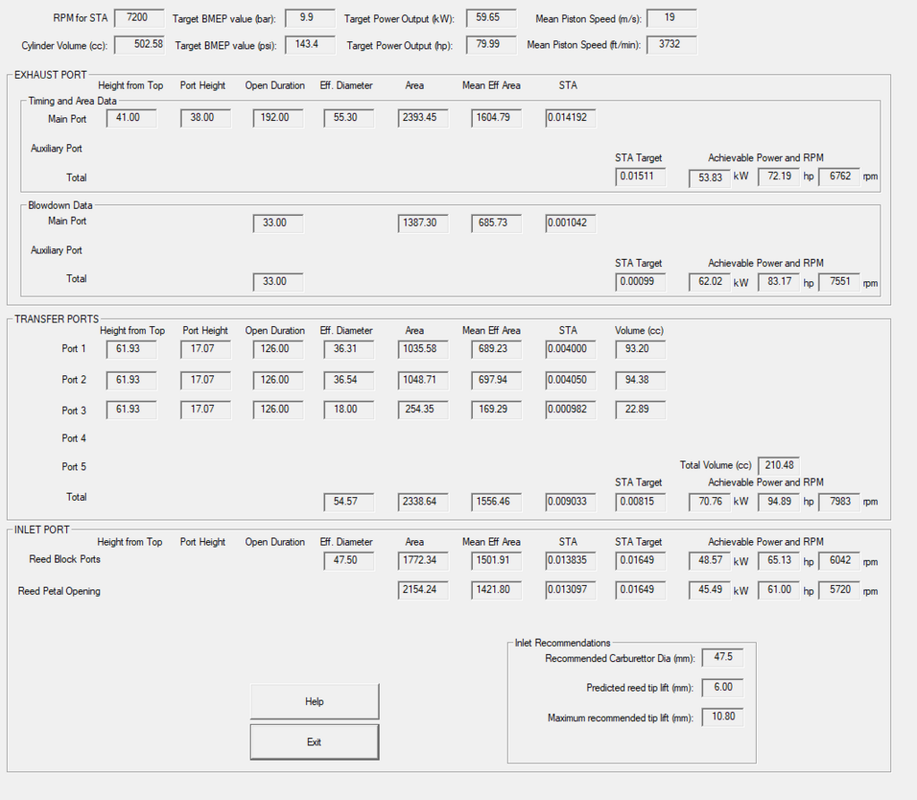
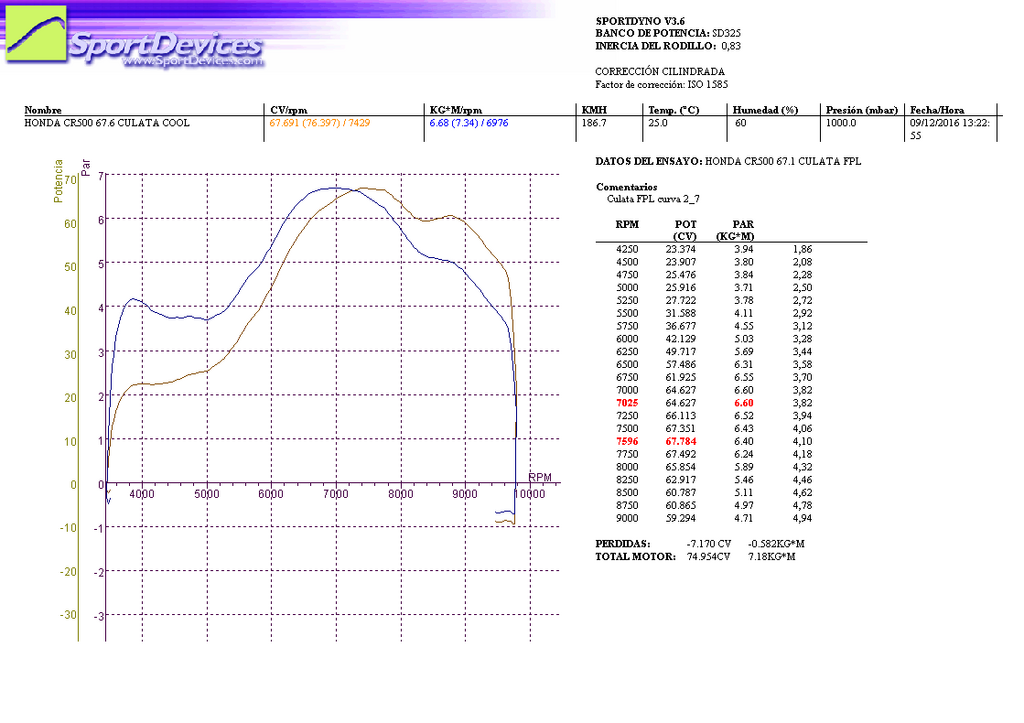

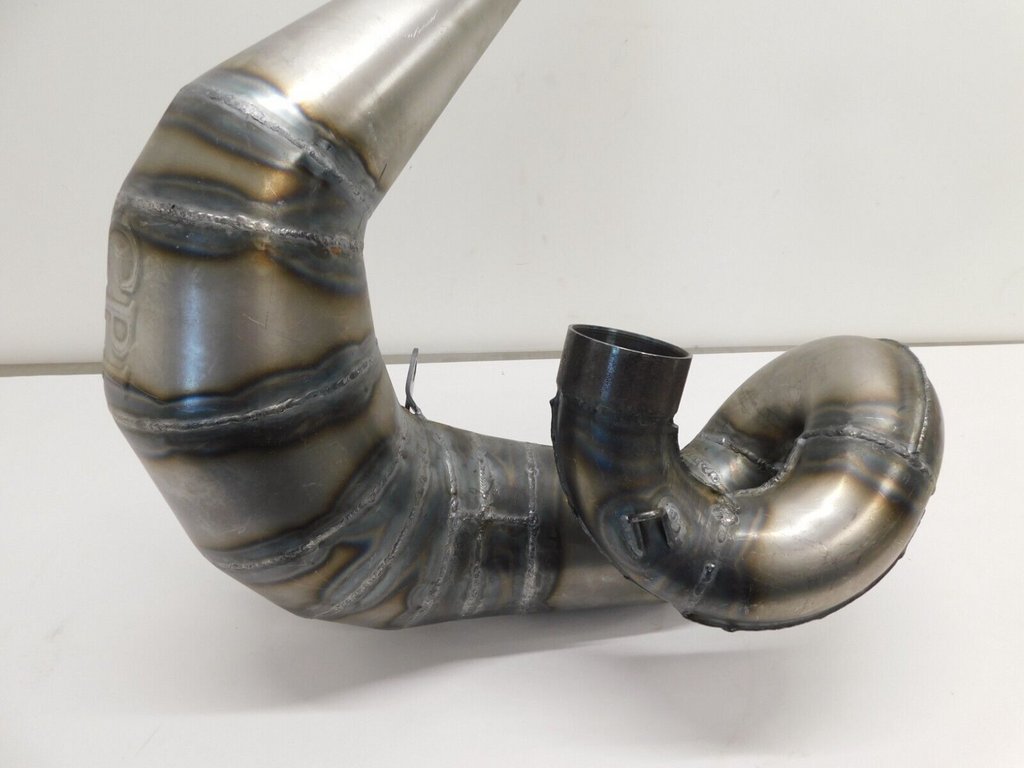




Bookmarks